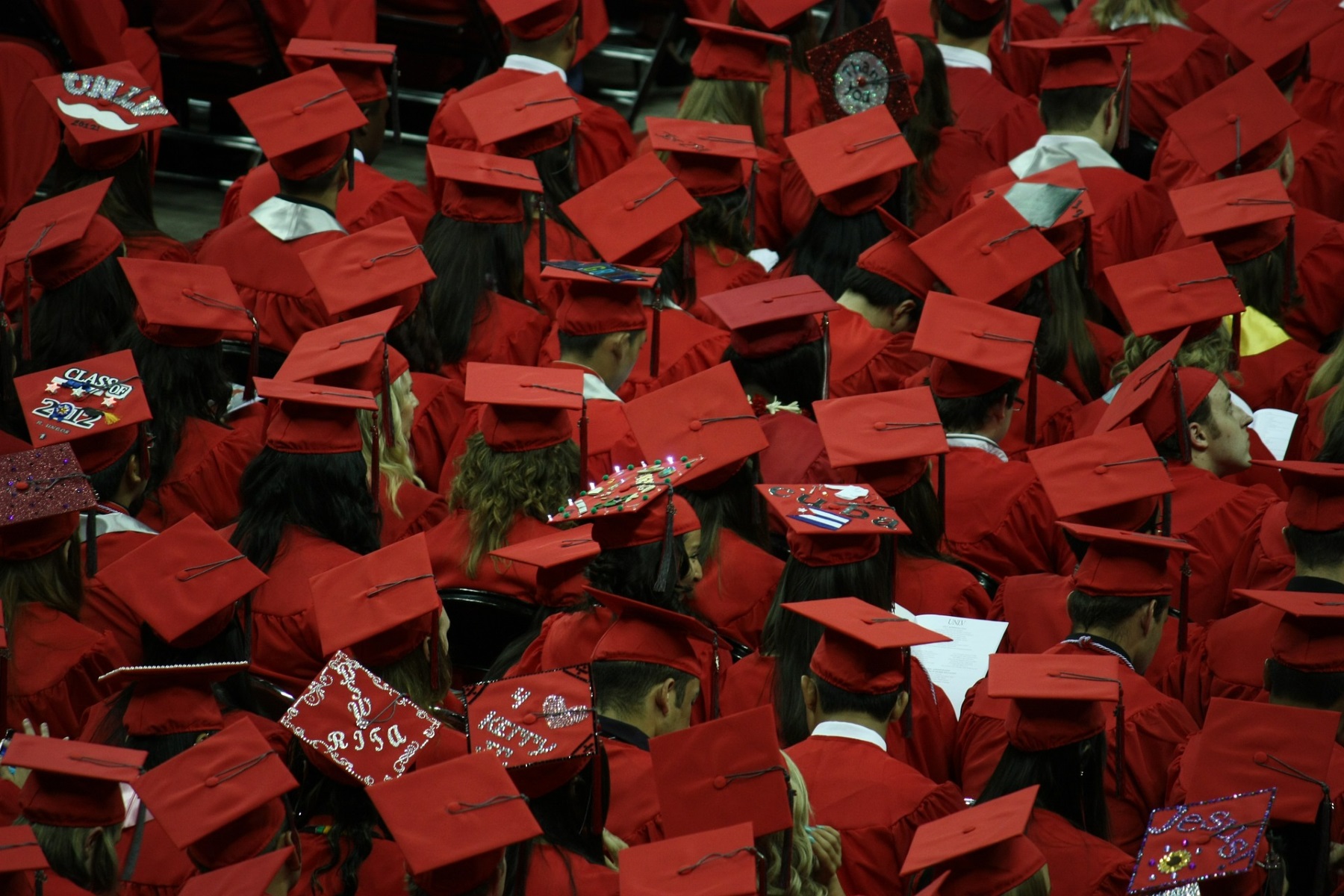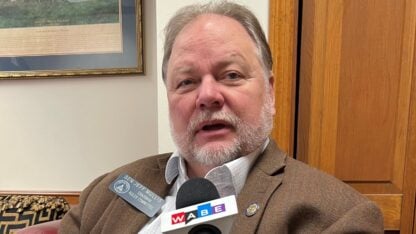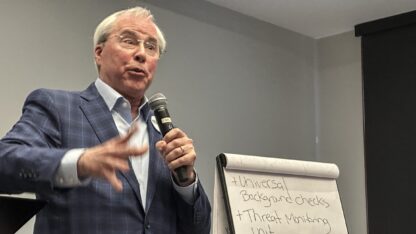Report: States Should Invest In Public Schools To Develop Homegrown Talent

As the South’s population is becoming more racially and economically diverse, economic mobility rates in most states remain low. Southern states rely on out-of-state candidates with college degrees to fill higher-paying jobs.
Pixabay
Half of the country’s population growth since 1970 has occurred in the South, according to the 2018 State of the South report. The study also shows economic growth in the region may stagnate if leaders don’t increase school spending.
The report examines educational outcomes in 13 states, including Georgia. As the South’s population is becoming more racially and economically diverse, economic mobility rates in most states remain low. Southern states rely on out-of-state candidates with college degrees to fill higher-paying jobs.
“We are importing talent rather than developing talent,” says David Dodson, president of MDC, the nonprofit that issued the report. “What that means is, our people who grow up native in the South are running the chance of losing out of getting that brass ring of living-wage work because we are substituting building the talent we need for attracting the talent we need, and long term, that’s not a successful proposition.”
Dodson says several states have cut funding to K-12 schools and public colleges over the past several years. He says as they recover from the recession, states need to reinvest in schools and programs that support low-income students.
“If we want society to sustain itself, we’ve got to pay attention to having people succeed across the economic and demographic spectrum,” Dodson says. “That’s the definition of ‘enlightened self-interest.’”
However, it’s hard to outline a plan that will work across the board, says Ross Rubenstein, Dan E. Sweat Distinguished Chair in Educational and Community Policy at Georgia State.
“One-size-fits-all approaches don’t usually work, or, at least, they don’t work very well,” Rubenstein says. “Every district and every school has its own needs. So, I think it is important to let districts make decisions, develop programs, test those programs, help them to use evidence to make decisions about the programs they’re implementing … and all of that does cost money.”
Georgia has taken steps to help money flow toward public schools. The state fully funded K-12 schools this legislative session. Rubenstein says that’s a step in the right direction, but it comes after years of austerity cuts.
“The state is providing the level of funding that its own funding formula says it should be providing, so I wouldn’t really call this an increase,” he says.
Lawmakers also laid the groundwork for a college scholarship program for students with financial need. The program would aim to help low-income students afford tuition without the academic requirements of HOPE. Policymakers hope the plan will result in more students graduating from post-secondary institutions. Dodson says states need to offer that kind of training to more students if they want qualified workers.
“Getting people into college is really critical, but we know that the ability to complete is very much geared to financial wherewithal,” he says. “So, if we lessen that financial burden on students … that’s something that’s very important for states to do.”








